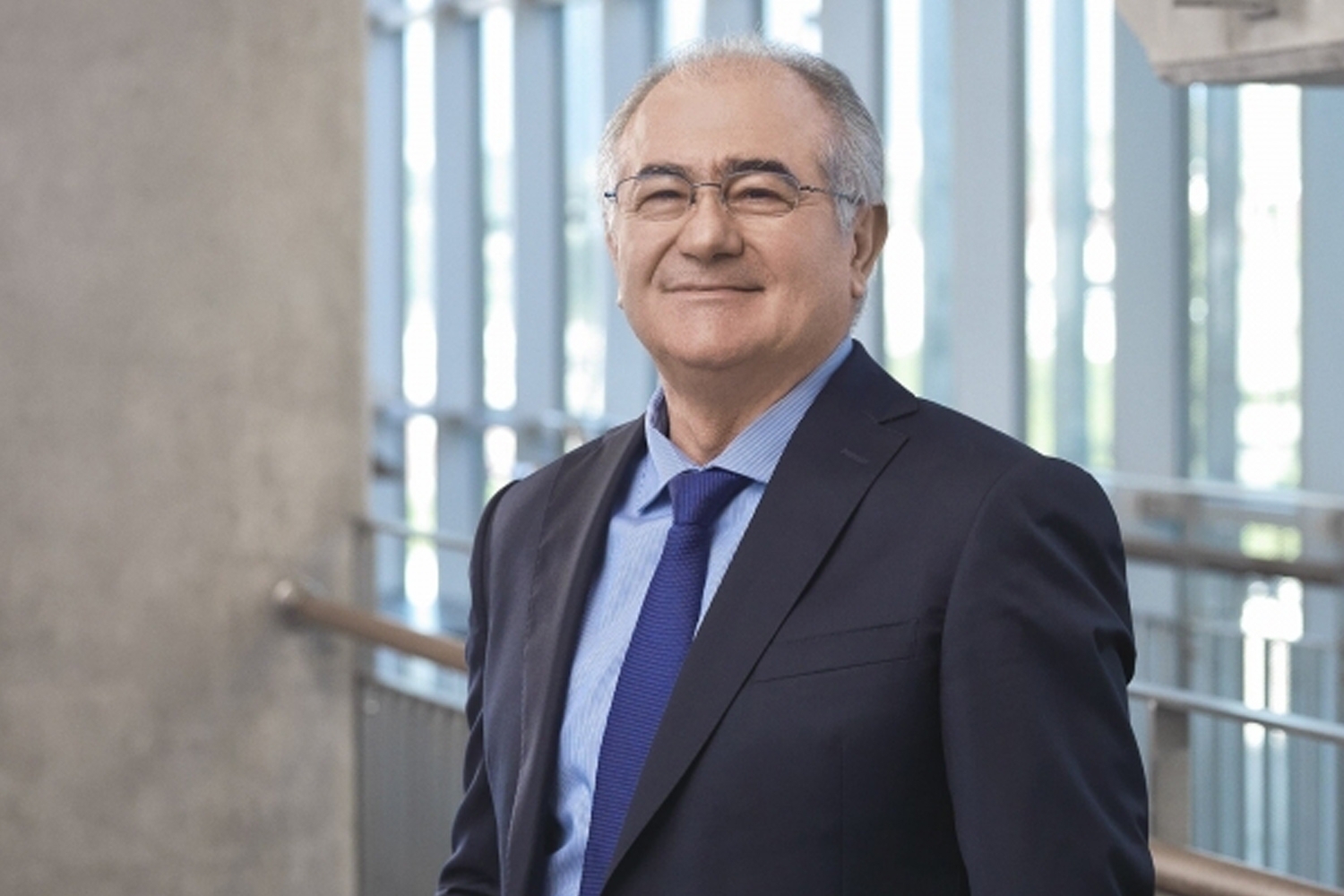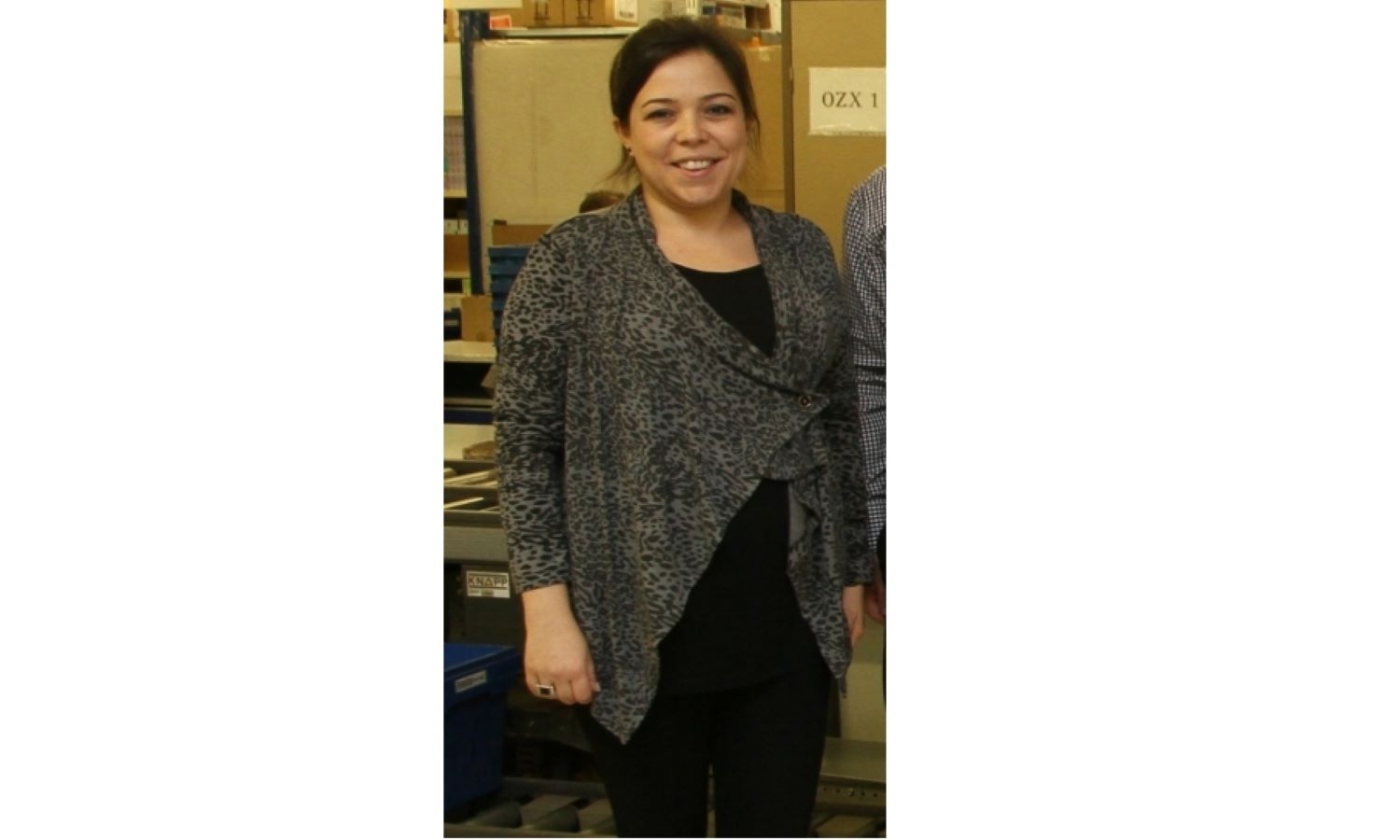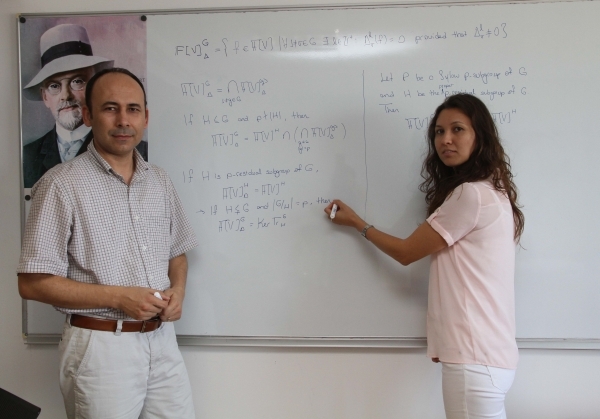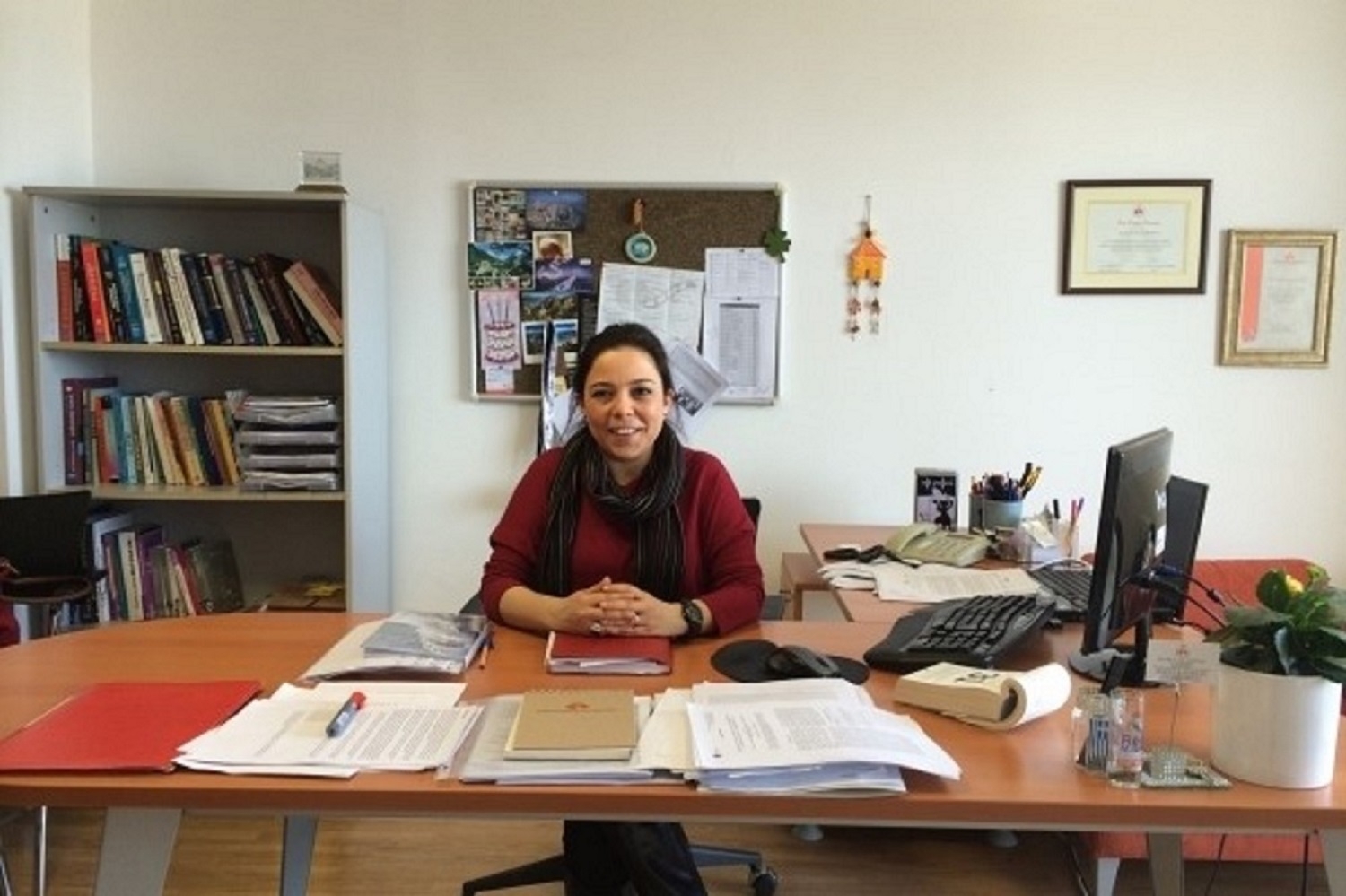
International conference in honor of the 60th birthday of IUE Professor
...

MATH WILL GUIDE THE VEHICLES
...

A BREATH OF FRESH AIR TO CENTURY OLD THEOREM FROM IZMIR UNIVERSITY OF ECONOMICS
Lecturers of Izmir University of Economics (IUE) Department of Mathematics will be studying the features of a new module in ...

FACULTY MEMBER IN MATHEMATICS DEPARTMENT WAS FOUNDED BY TÜBİTAK 1001 GRANT
...




